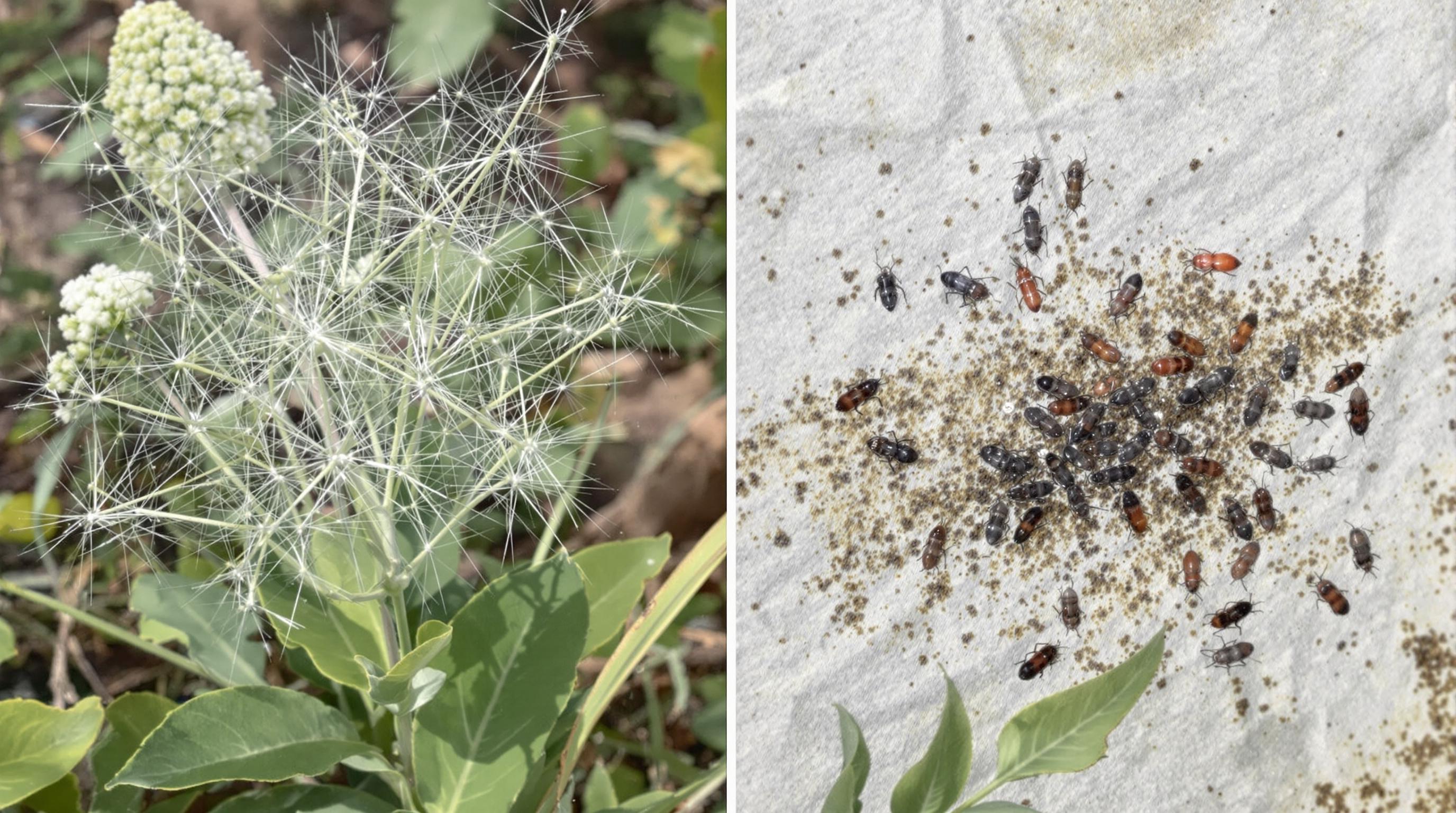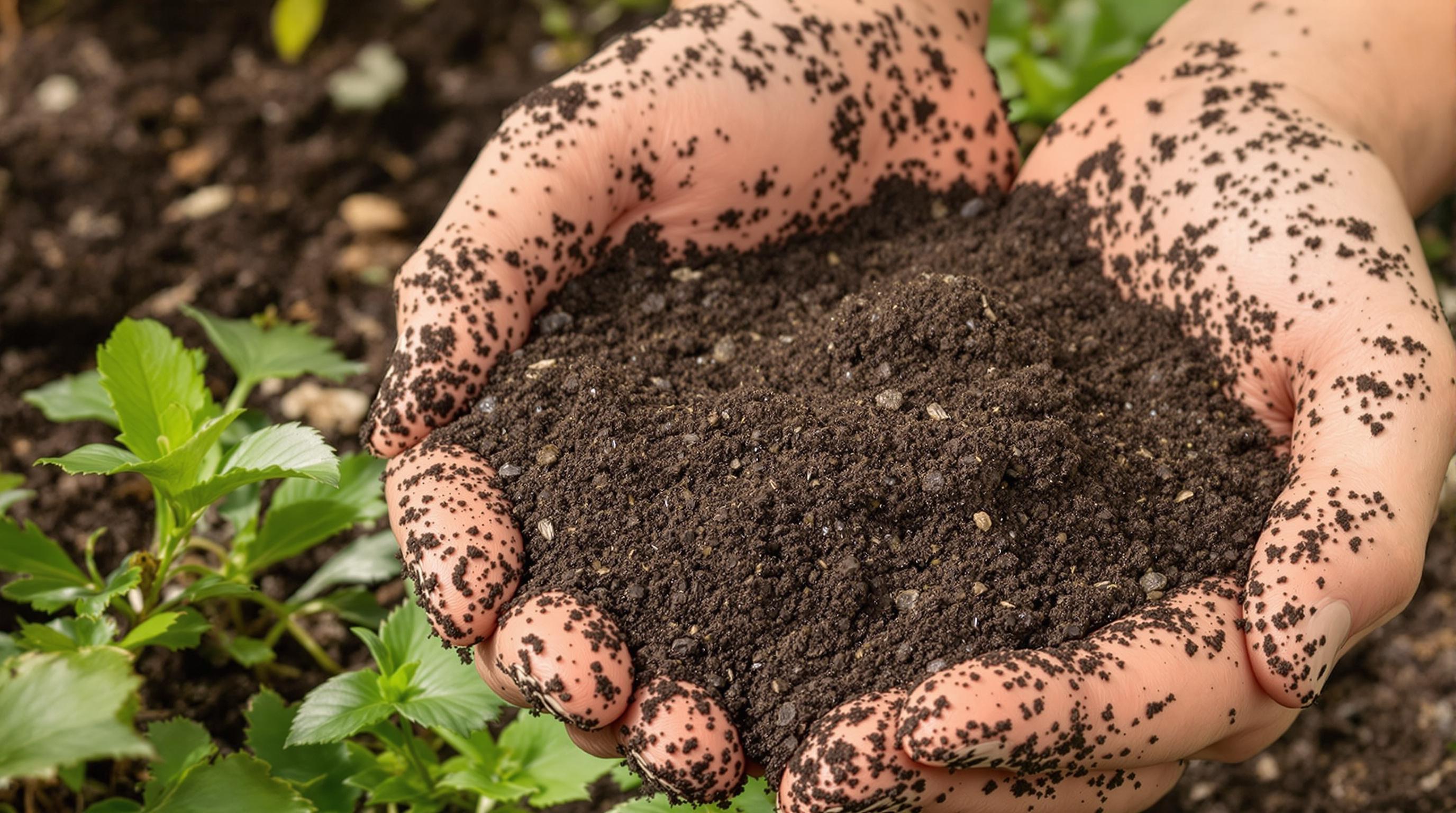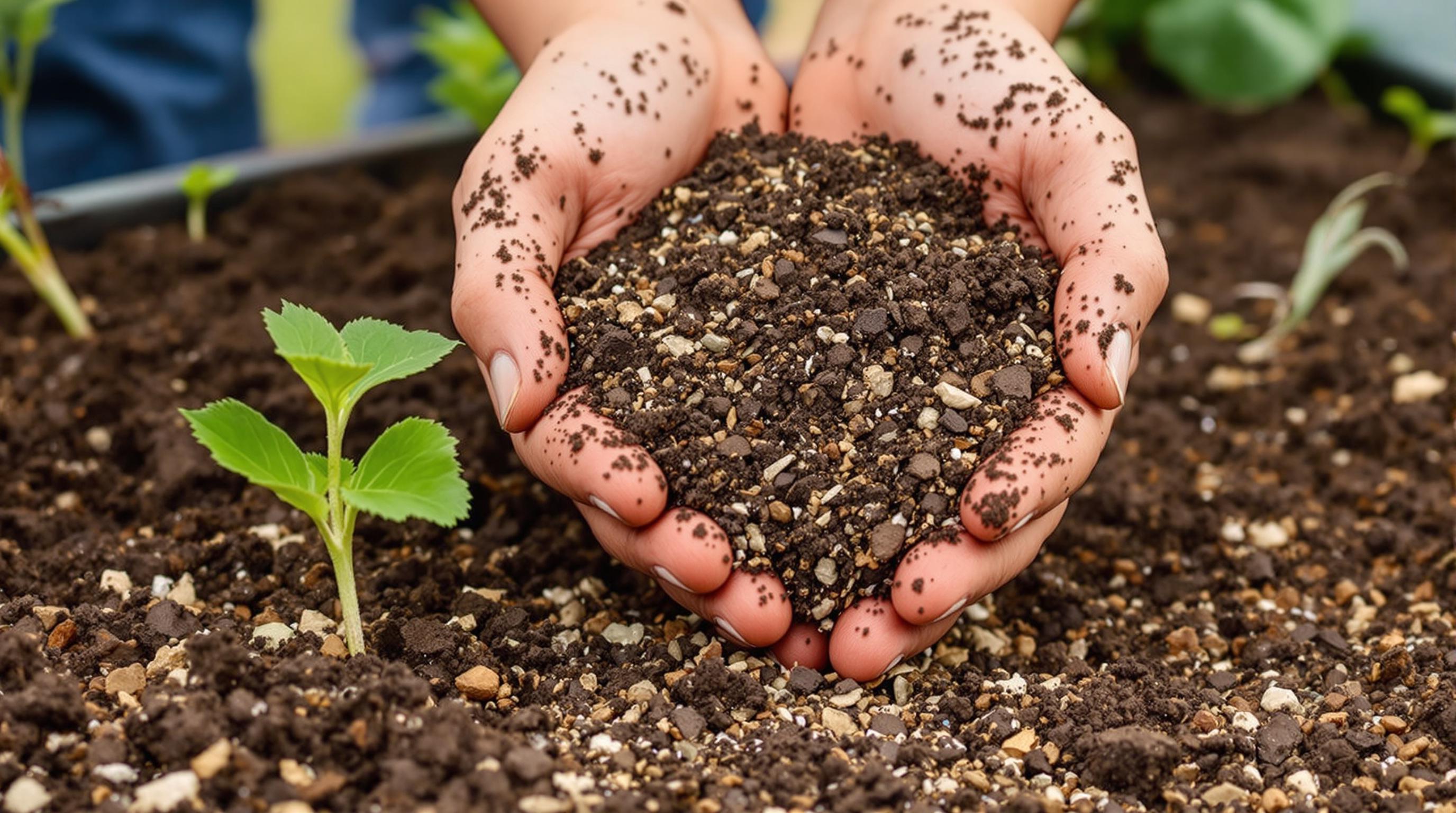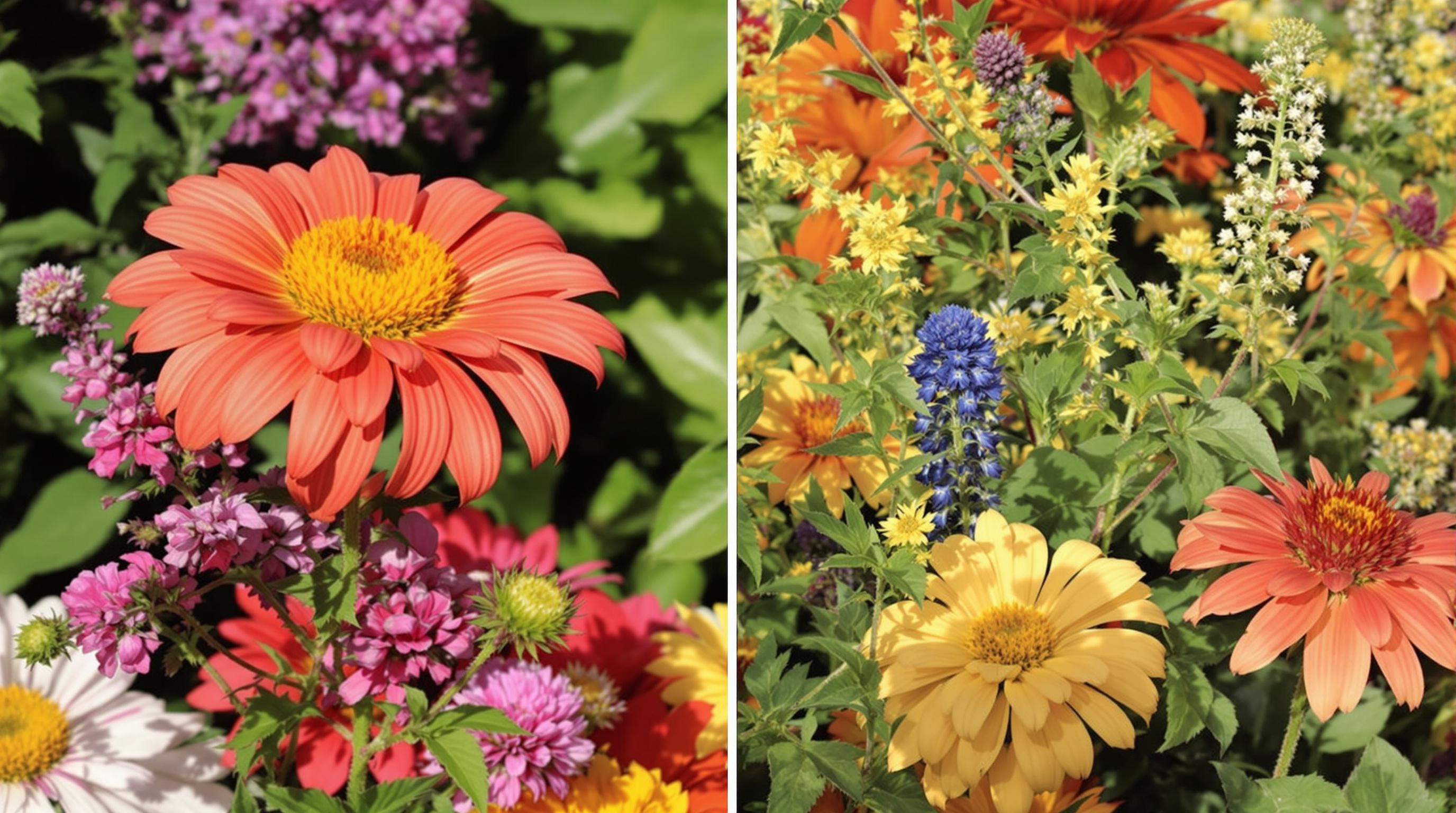Related Articles
- The Hidden Influence of Ergonomics: How Tool Design Shapes Our Physical Spaces and Daily Lives
- The Silent Influence: How Hidden Home Implements Shape Our Daily Routines and Spaces
- The Counterintuitive Role of Chaos: How Messy Tool Storage Can Lead to Unexpected Home Innovations
- Exploring the Unseen: How Audio Experiences Shape the Art of Domestic Spaces and Color Perception
- Rethinking the Mundane: How Everyday Objects are Becoming the Canvas for Modern Artistic Expression in Home Spaces
- Cultivating Chaos: The Surprising Benefits of Embracing Weeds in Your Garden Ecosystem
9 Surprisingly Effective Pest Control Techniques From Nature That Will Enhance Your Garden's Health and Resilience
9 Surprisingly Effective Pest Control Techniques From Nature That Will Enhance Your Garden's Health and Resilience
9 Surprisingly Effective Pest Control Techniques From Nature That Will Enhance Your Garden's Health and Resilience
1. Companion Planting
Companion planting is an ancient technique that relies on the mutual benefits plants can offer one another. For instance, planting marigolds alongside vegetables can deter nematodes and other pests due to the scent of marigold flowers. Studies have shown that certain plant combinations, like basil with tomatoes, can actually improve pest resistance and enhance flavor.
Beyond pest control, companion planting promotes biodiversity in gardens, which can lead to healthier ecosystems. The practice creates a habitat for beneficial insects, particularly pollinators, and inhibits the spread of disease among plants. This approach helps develop a garden that thrives over time.
Gardeners interested in implementing companion planting can benefit from detailed guides or local extension services that provide specific pairings suited for their regions. Overall, this technique elegantly combines aesthetic appeal with functional pest control, aligning with natural gardening principles.
2. Beneficial Insects
Introducing beneficial insects is a natural and effective method of pest control. Ladybugs and lacewings are predators that feed on aphids and caterpillars, while parasitic wasps can help manage caterpillar populations by laying eggs in or on them. These insects are the garden’s allies and play a vital role in maintaining a balanced ecosystem.
Creating an environment that attracts these beneficial insects is essential. This can be achieved by planting a variety of nectar-rich flowers and providing habitats, such as small sunflowers or a few patches of wildflowers. By supporting beneficial insect populations, gardeners can reduce the need for chemical pesticides.
Integrated Pest Management (IPM) strategies often incorporate beneficial insects to create a natural form of pest control. This sustainable method encourages biodiversity, reducing the dependency on synthetic chemicals and leading to a healthier garden environment.
3. Neem Oil
Neem oil, derived from the seeds of the neem tree (Azadirachta indica), is a natural pesticide known for its effectiveness in repelling various garden pests such as aphids, spider mites, and whiteflies. This organic solution works by disrupting the life cycle of pests, preventing them from feeding and reproducing.
The active ingredient in neem oil, azadirachtin, is what makes it so effective. It inhibits the growth and reproduction of insects, thereby reducing their populations over time. As a bonus, neem oil is non-toxic to beneficial insects when applied properly, making it a preferred choice among organic gardeners.
Applying neem oil is relatively simple; it can be sprayed directly onto plants or used as a preventive measure in diluted form. Its versatility makes neem oil an invaluable resource for gardeners aiming to maintain a healthy ecosystem while effectively managing pest populations.
4. Diatomaceous Earth
Diatomaceous earth (DE) is a naturally occurring sediment made from the fossilized remains of tiny aquatic organisms called diatoms. This substance is an effective pest control tool, particularly against soft-bodied insects. When these pests come into contact with diatomaceous earth, the sharp particles damage their exoskeleton, leading to dehydration and death.
Beyond its pest control benefits, diatomaceous earth is also safe for humans and pets, making it an appealing alternative to chemical pesticides. It can be sprinkled around plants or mixed into the soil to provide effective protection without harming the surrounding environment.
Applying diatomaceous earth requires care; gardeners should avoid using it on wet plants, as the effectiveness diminishes when the powder gets wet. Overall, DE serves as an eco-friendly, powerful tool for pest management and contributes to a resilient garden.
5. Garlic Spray
Garlic is more than just a culinary ingredient; it's an effective natural pest repellent. Garlic spray works by masking the scents that attract pests and also emits compounds that are toxic to various insects, including aphids and beetles. The pungent aroma of garlic helps deter pests, creating an unwelcoming environment for them.
Creating garlic spray is a straightforward process: blend garlic cloves with water, strain, and spray onto infested plants. This method is not only easy but also economically accessible, making it a popular choice among gardeners looking for organic solutions.
Regular applications of garlic spray can bolster pest resistance and enhance plant health. Due to its biodegradability, garlic spray is safe for the soil and beneficial insects, further solidifying its status as a valuable pest management tool.
6. Soap and Water Solution
A simple soap and water solution can be an effective remedy for many garden pests. This method primarily targets soft-bodied insects like aphids and spider mites, as the soap works by suffocating them. By breaking down the protective outer layer of insects, this combination poses minimal risk to plants and beneficial insects when used appropriately.
To create this solution, combine a mild liquid soap with water and spray directly on affected areas of the plants. It's essential to test a small area first to ensure that the plants are not adversely affected. Regular applications can help keep pest populations in check and promote healthier plant growth.
Using soap in the garden also supports organic gardening principles, encouraging natural pest control methods that reduce chemical reliance. This approach not only aids in plant health but also fosters a more sustainable gardening practice overall.
7. Plant Essential Oils
Utilizing essential oils can serve as a powerful means of pest control in gardens. Oils such as peppermint, clove, and eucalyptus have potent insect-repelling properties. When diluted and applied to plants, these oils create a barrier that wards off pests, while also offering therapeutic benefits to the gardener.
The natural scents not only repel unwanted guests but also attract beneficial insects. For instance, certain essential oils can attract pollinators, while deterring harmful pests. Using these oils effectively can enhance your garden's resilience against infestations.
It's critical to apply essential oils in moderation and properly dilute them to avoid harming the plants. Regularly incorporating essential oils into your pest control routine can lead to healthier plants and provide an aromatic gardening experience.
8. Crop Rotation
Crop rotation is a time-honored agricultural practice that entails changing the types of crops grown in a specific location on a rotating basis. This method minimizes pest accumulation and disrupts their life cycles. By avoiding the sowing of the same plant families in the same place year after year, gardeners can reduce the likelihood of pest infestations and diseases.
Implementing crop rotation also contributes to soil health. Different crops use varying nutrients, so rotating crops ensures that soil vitality is maintained while reducing the risk of erosion. This practice simultaneously boosts plant health and resilience in the garden.
To successfully implement crop rotation, gardeners can keep a planting calendar to track what has been planted where, developing a cycle that fits their specific garden needs. Overall, this technique is an environmentally friendly approach that can dramatically improve pest management in any garden.
9. Physical Barriers
Physical barriers are one of the most straightforward methods of pest control, using nets, row covers, or floating row covers to shield plants from pests. These barriers act as a shield against common pests while allowing sunlight and moisture to reach plants. This technique is particularly effective for protecting tender seedlings and crops, such as cabbage and tomatoes, from insect threats.
Creating these barriers requires careful installation to ensure they are secure while accommodating growing plants. Gardeners can also combine barriers with other pest management techniques for enhanced effectiveness, further decreasing pest populations.
Physical barriers are also beneficial in preventing the spread of diseases among plants while fostering a healthier environment overall. This low-tech solution is simple to implement, making it a reliable option for gardeners aiming to keep their plants safe without the use of chemical pesticides.




